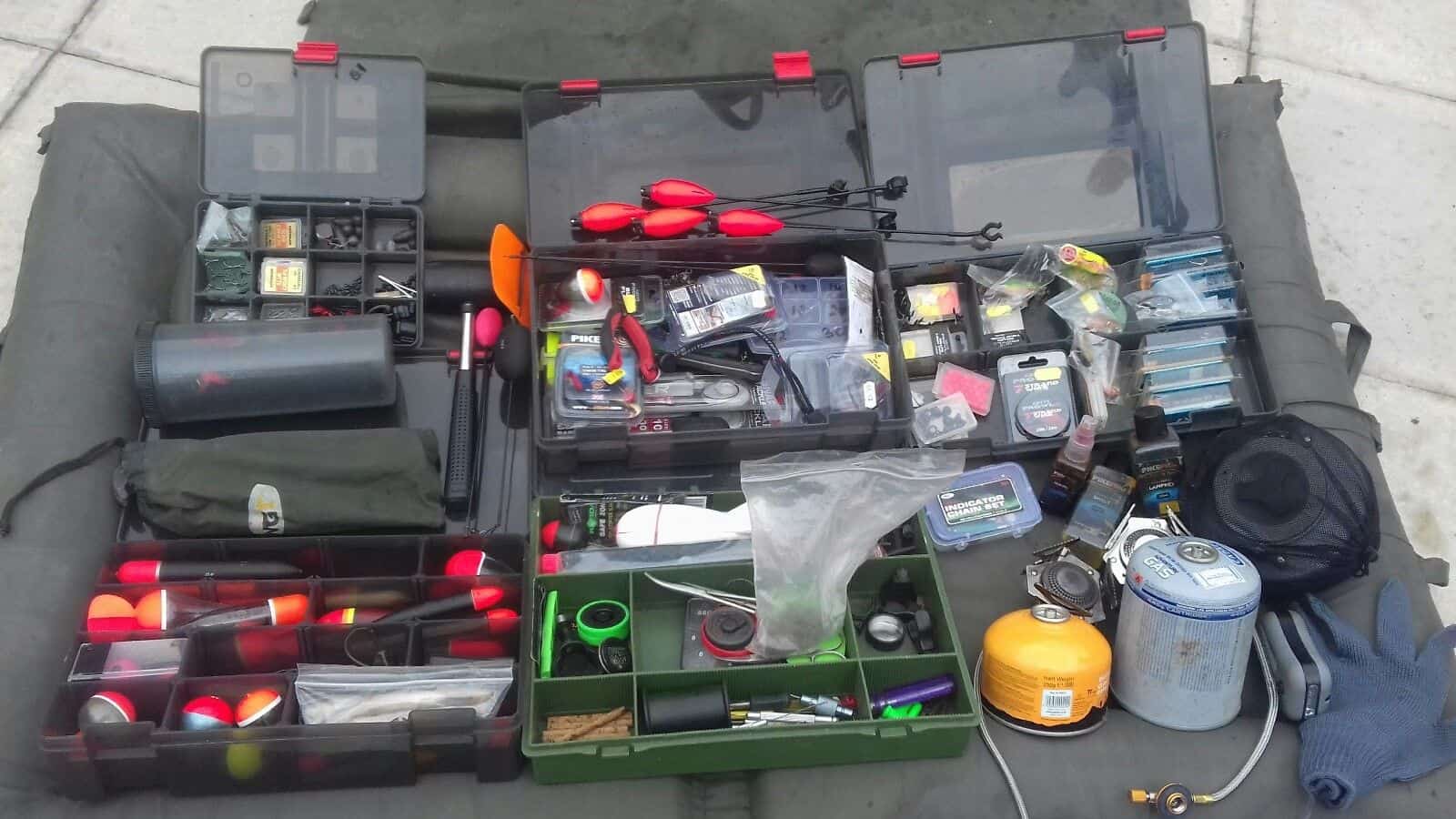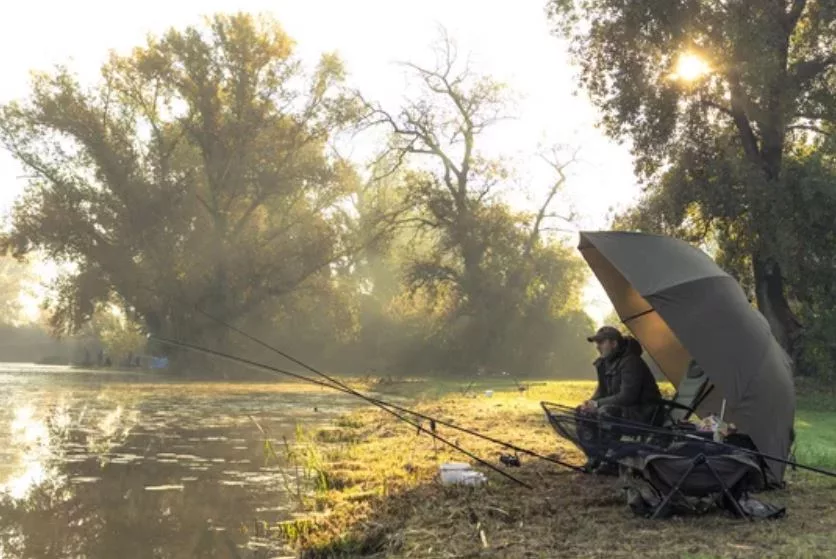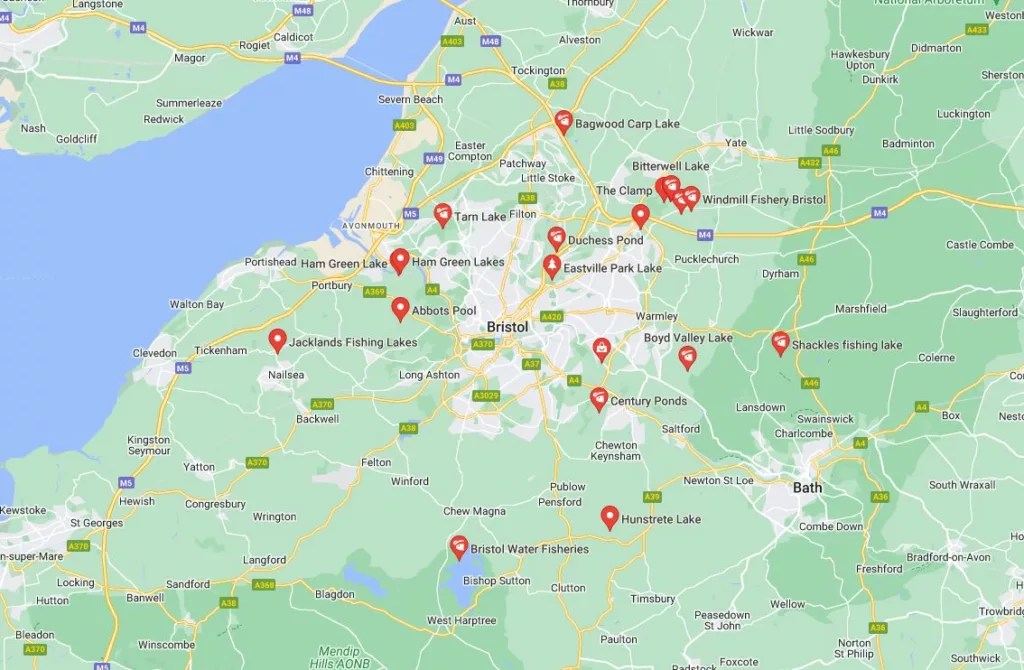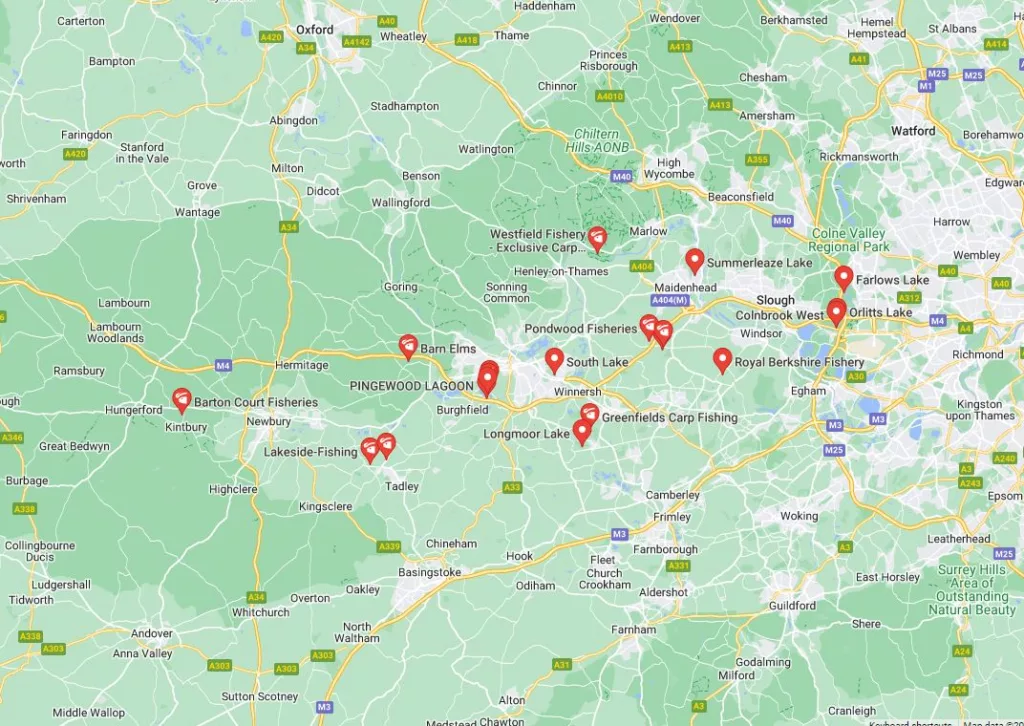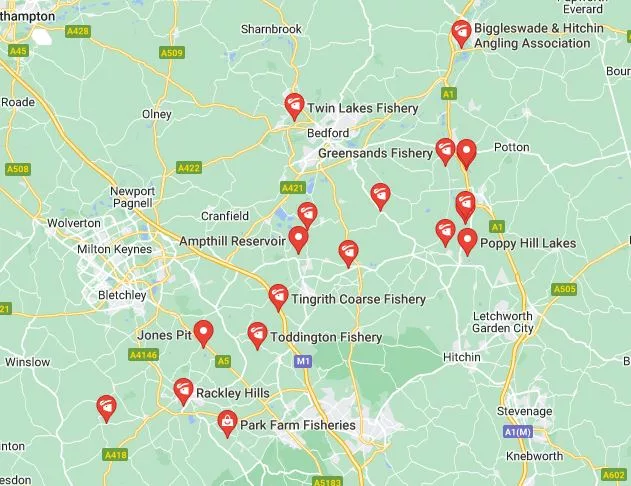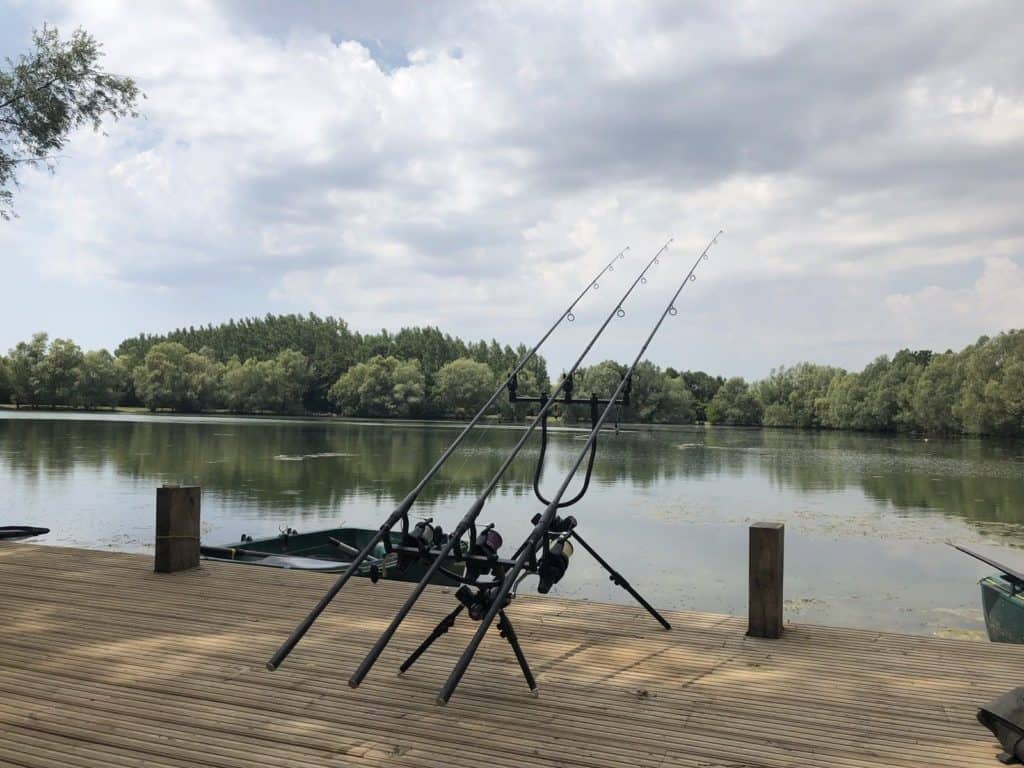Anglers who enjoy carp fishing will tell you that these fish are smart and crafty creatures. That’s why a waggler rig is often the most effective way to catch them. A waggler rig is simple to set up and, when done correctly, can be very successful in catching carp. Here’s everything you need to know about using a waggler rig to catch carp.
Waggler fishing is a common and effective method for catching carp. The waggler is a float that sits atop the water and is attached to the line. The angler casts the line out and then allows the wind or current to carry the float away from them. As the float moves, it drifts over the carp, enticing them to bite. When a carp takes the bait, the float will dip under the water, signaling to the angler that it is time to reel in their catch. Waggler fishing is a popular technique because it can be used in a variety of different environments and conditions. Additionally, it is relatively easy to learn, making it a great option for both novice and experienced anglers alike.
The waggler can also be used in faster-moving water, as the weights will help keep it in place. Another advantage of using a waggler is that it can be used to fish around covers such as logs or docks, as the weights will help keep it from getting tangled.
A waggler rig is a popular choice for many anglers, as it can be adapted to suit a range of conditions. To set up a successful rig, follow these simple steps: choose your float based on the depth of the water and the strength of the wind; attach weights at the top and bottom of the float according to the manufacturer’s instructions; add additional weights down the line towards the hook (about two-thirds of the required weight); use dry pellets for bait. By following these steps, you’ll be sure to have a successful waggler rig that will help you catch fish.
In order to set up a successful waggler rig, follow these simple steps:
1. Choose your float based on conditions. For example, use a heavier float in windy conditions or a lighter float in calm waters.
2. Attach weights at the top and bottom of the float according to the manufacturer’s instructions.
3. Add additional weights down line towards the hook (about 2/3 of the required weight).
4. Use dry pellets for bait—carp love pellets!
5. Cast your line into the water and watch the float—when it goes under, you’ve got a bite!
With these simple tips, you can successfully use a waggler rig to catch carp. Carp are smart fish, but with the right setup, you can outsmart them!
What is waggler fishing?
Waggler fishing is a type of fishing that uses a float to attract fish. The float, which is attached to the line, is cast out into the water and then allowed to drift. As the float moves, it drifts over the fish, enticing them to bite. When a fish takes the bait, the float will dip under the water, signaling to the angler that it is time to reel in their catch. Waggler fishing is a popular technique because it can be used in a variety of different environments and conditions. Additionally, it is relatively easy to learn, making it a great option for both novice and experienced anglers alike.
What is a waggler float and what does it look like?
A waggler float is a type of float that is attached to the line and used in waggler fishing. The float sits atop the water and is usually brightly colored or shaped like a fish, making it attractive to fish. The float is weighted so that it can be cast out into the water and will then drift with the currents. As the float drifts, it moves over the fish, enticing them to bite. When a fish takes the bait, the float will dip under the water, signaling to the angler that it is time to reel in their catch.
What are some of the benefits of waggler fishing?
Waggler fishing has a number of benefits. First, it can be used in a variety of different environments and conditions. Additionally, it is relatively easy to learn, making it a great option for both novice and experienced anglers alike. Finally, waggler fishing is an effective way to catch fish, as the float attracts their attention and entices them to bite.
What are the different types of wagglers float and what are their benefits?
There are a few different types of waggler floats. The first is the torpedo float, which is shaped like a bullet and is designed to cut through the water. The second is the quill float, which is long and thin and ideal for fishing in deeper water. The third is the bubble float, which is round and buoyant and perfect for fishing in windy conditions. Each type of float has its own benefits, so it is important to choose the right one for the conditions in which you will be fishing.
What is a pellet waggler float?
A pellet waggler float is a type of float that is designed to be used with pellets as bait. The float is weighted so that it can be cast out into the water and will then drift with the currents. As the float drifts, it moves over the fish, enticing them to bite. When a fish takes the bait, the float will dip under the water, signaling to the angler that it is time to reel in their catch. Pellet waggler floats are a popular choice for many anglers because they are effective at attracting fish and are easy to use.
What is a splasher float and how do you set it up?
A splasher float is a type of float that is designed to make a noise when it hits the water. The noise attracts the attention of fish, who then come to investigate. When a fish takes the bait, the float will dip under the water, signaling to the angler that it is time to reel in their catch. Splasher floats are a great choice for anglers who want to attract fish but don’t want to use a traditional float. To set up a splasher float, you will need to tie it to your line and then cast it out into the water.
What is a stick float?
A stick float is a type of float that is designed to be used with a stick as bait. The float is weighted so that it can be cast out into the water and will then drift with the currents. As the float drifts, it moves over the fish, enticing them to bite.
What are some tips for using a waggler float?
There are a few things to keep in mind when using a waggler float. First, it is important to choose the right float for the conditions in which you will be fishing. Second, the float should be weighted so that it can be cast out into the water and will then drift with the currents. Finally, when a fish takes the bait, the float will dip under the water, signaling to the angler that it is time to reel in their catch. By following these tips, you’ll be sure to have a successful waggler fishing experience.
What are some of the different types of baits that can be used with a waggler float?
There are a variety of different baits that can be used with a waggler float. Common options include pellets, worms, and maggots. It is important to choose a bait that is appropriate for the fish you are hoping to catch. Additionally, it is important to ensure that the bait is properly weighted so that it will sink to the bottom and not be carried away by the currents.
What are some of the different types of lines that can be used with a waggler float?
There are a variety of different lines that can be used with a waggler float. Common options include monofilament, braided, and fluorocarbon lines. Each type of line has its own benefits, so it is important to choose the right one for the conditions in which you will be fishing. Additionally, it is important to ensure that the line is properly weighted so that it will sink to the bottom and not be carried away by the currents.
What else do you need for waggler float fishing?
In addition to a waggler float and bait, you will also need a fishing rod, line, and hooks. It is important to choose the right size and type of tackle for the fish you are hoping to catch. Additionally, it is important to ensure that all of your gear is properly weighted so that it will sink to the bottom and not be carried away by the currents.
Conclusion
This article provides an overview of the waggler float, a type of fishing float that is designed to be used with a stick as bait. The article covers the basics of how to set up and use a waggler float, as well as some tips for success. Additionally, the article covers some of the different types of baits and lines that can be used with a waggler float.
Carp fishing is a popular sport that can be enjoyed by anglers of all levels of experience. When the bait is regularly cast into the water, carp are attracted to the area and can find hook bait amongst the feed. This type of fishing rig works best when there is a consistent supply of food for the fish to find. The bait should be changed frequently so that the carp do not become accustomed to it and learn to avoid the hook. Anglers who use this type of rig can enjoy success even when fishing in heavily-populated areas where other anglers are also competing for the attention of the fish.
Carp are a popular fish to catch among UK anglers for a number of reasons. First, they are smart and crafty creatures, always keeping anglers on their toes. Second, they put up a good fight when they’re hooked, making for an exciting and challenging experience. Third, they’re a delicacy, so there’s nothing like the feeling of landing a big carp after a long day of fishing. Carp are also relatively common in the UK, so anglers don’t have to travel far to find them. All of these factors make carp a popular choice for UK anglers, and it’s no wonder that they are one of the most sought-after fish in the country.
FAQ
There are a few things to keep in mind when using a waggler float. First, it is important to choose the right float for the conditions in which you will be fishing. Second, the float should be weighted so that it can be cast out into the water and will then drift with the currents. Finally, when a fish takes the bait, the float will dip under the water, signaling to the angler that it is time to reel in their catch. By following these tips, you’ll be sure to have a successful waggler fishing experience.
To set up a waggler float, you will need to tie it to your line and then cast it out into the water. The float should be weighted so that it can sink to the bottom and will then drift with the currents. As the float drifts, it will move over the fish, enticing them to bite. When a fish takes the bait, the float will dip under the water, signaling to the angler that it is time to reel in their catch.
There are a variety of different baits that can be used with a waggler float. Common options include pellets, worms, and maggots. It is important to choose a bait that is appropriate for the fish you are hoping to catch. Additionally, it is important to ensure that the bait is properly weighted so that it will sink to the bottom and not be carried away by the currents.
There are a variety of different lines that can be used with a waggler float. Common options include monofilament, braided, and fluorocarbon lines. Each type of line has its own benefits, so it is important to choose the right one for the conditions in which you will be fishing. Additionally, it is important to ensure that the line is properly weighted so that it will sink to the bottom and not be carried away by the currents.
In addition to a waggler float and bait, you will also need a fishing rod, line, and hooks. It is important to choose the right size and type of tackle for the fish you are hoping to catch. Additionally, it is important to ensure that all of your gear is properly weighted so that it will sink to the bottom and not be carried away by the currents. By following these tips, you’ll be sure to have everything you need for a successful day of waggler float fishing.
There are a variety of different fishing floats that can be used for waggler float fishing. Common options include fixed-weight floats, slip-shot floats, and running-shot floats. It is important to choose the right type of float for the conditions in which you will be fishing. Additionally, it is important to ensure that the float is properly weighted so that it will sink to the bottom and not be carried away by the currents.
There are a few things to keep in mind when using a running shot float. First, it is important to make sure that the bait is properly secured to the hook so that it will not come off when the float is cast out into the water. Second, it is important to ensure that the float is properly weighted so that it will sink to the bottom and not be carried away by the currents. Finally, when a fish takes the bait, the float will dip under the water, signaling to the angler that it is time to reel in their catch. By following these tips, you’ll be sure to have a successful waggler fishing experience.
A waggler float is a type of fishing float that is designed to sink to the bottom of the water. The float is weighted so that it can be cast out into the water and will then drift with the currents. As the float drifts, it moves over the fish, enticing them to bite. When a fish takes the bait, the float will dip under the water, signaling to the angler that it is time to reel in their catch. Waggler floats are a popular choice for many anglers because they are effective at attracting fish and are easy to use.
FAQ
I have made a lot of mistakes during my fishing sessions and don’t want you to make the same mistakes. I’ve learned the hard way over 20 years of fishing most weekends, testing, tweaking, and testing again and now want to help you excel with your carp fishing.
If you need any help, you can reach me at Fishing Again’s Facebook page
Last Updated on February 9, 2024 by Shane

